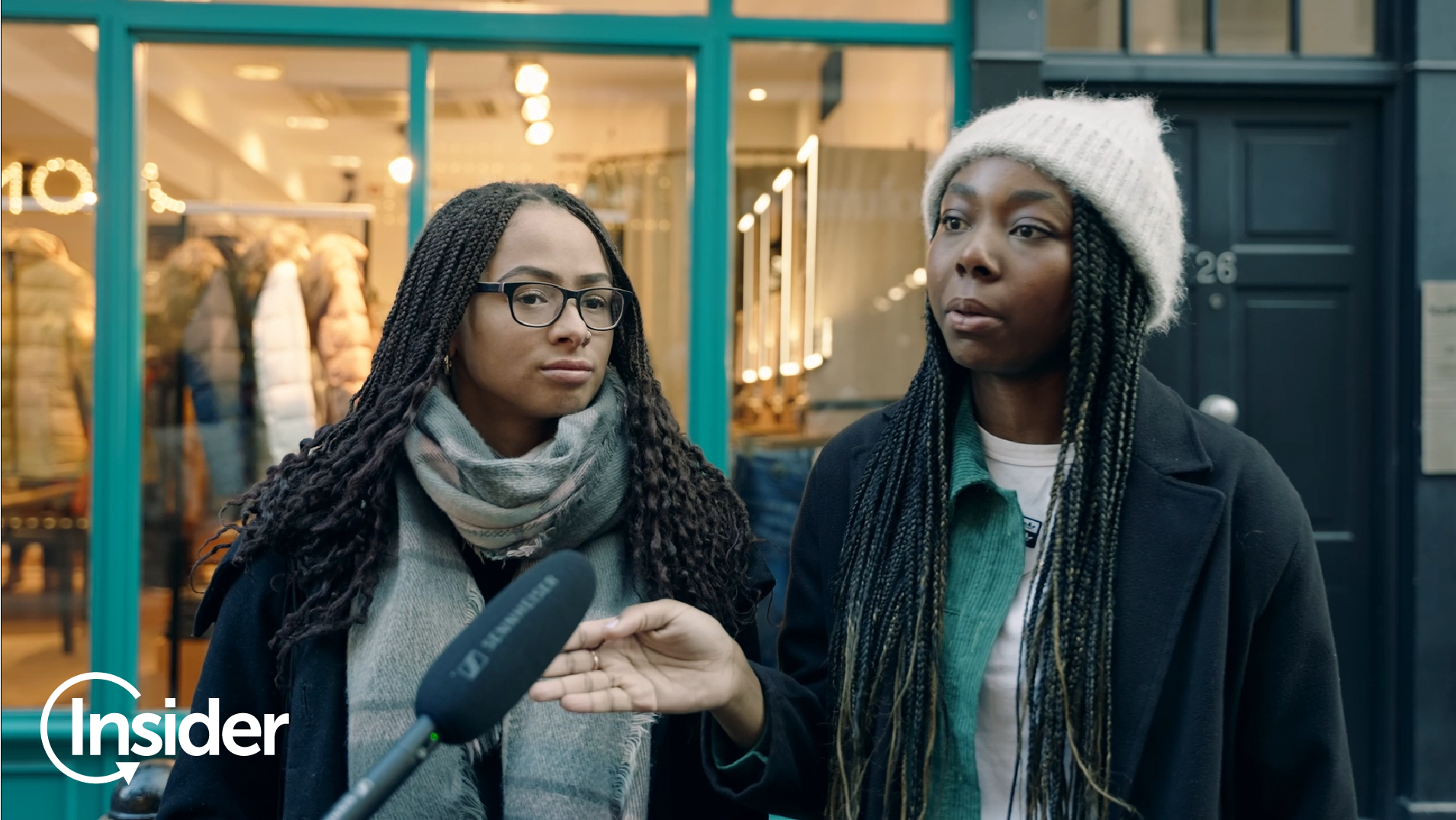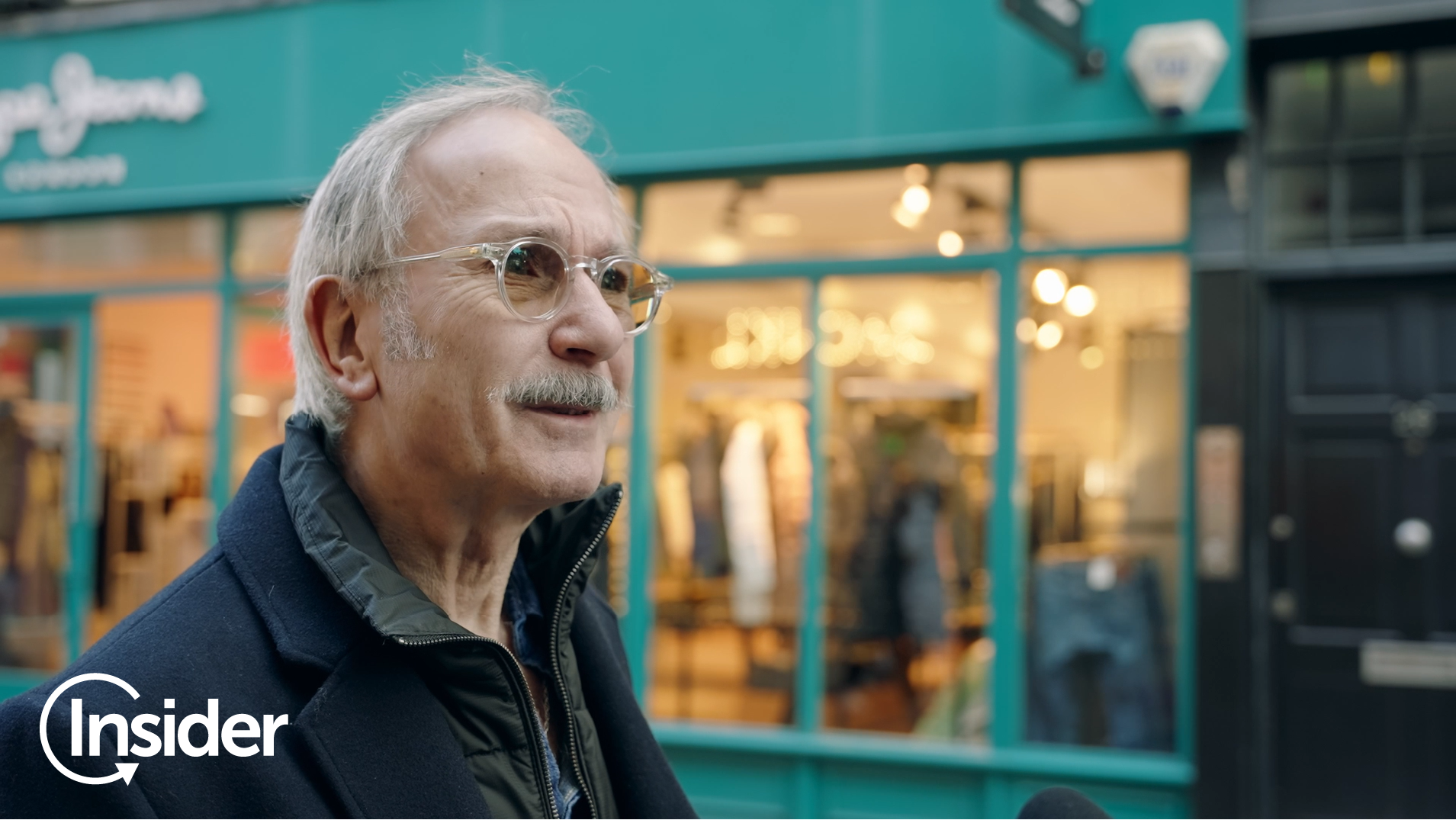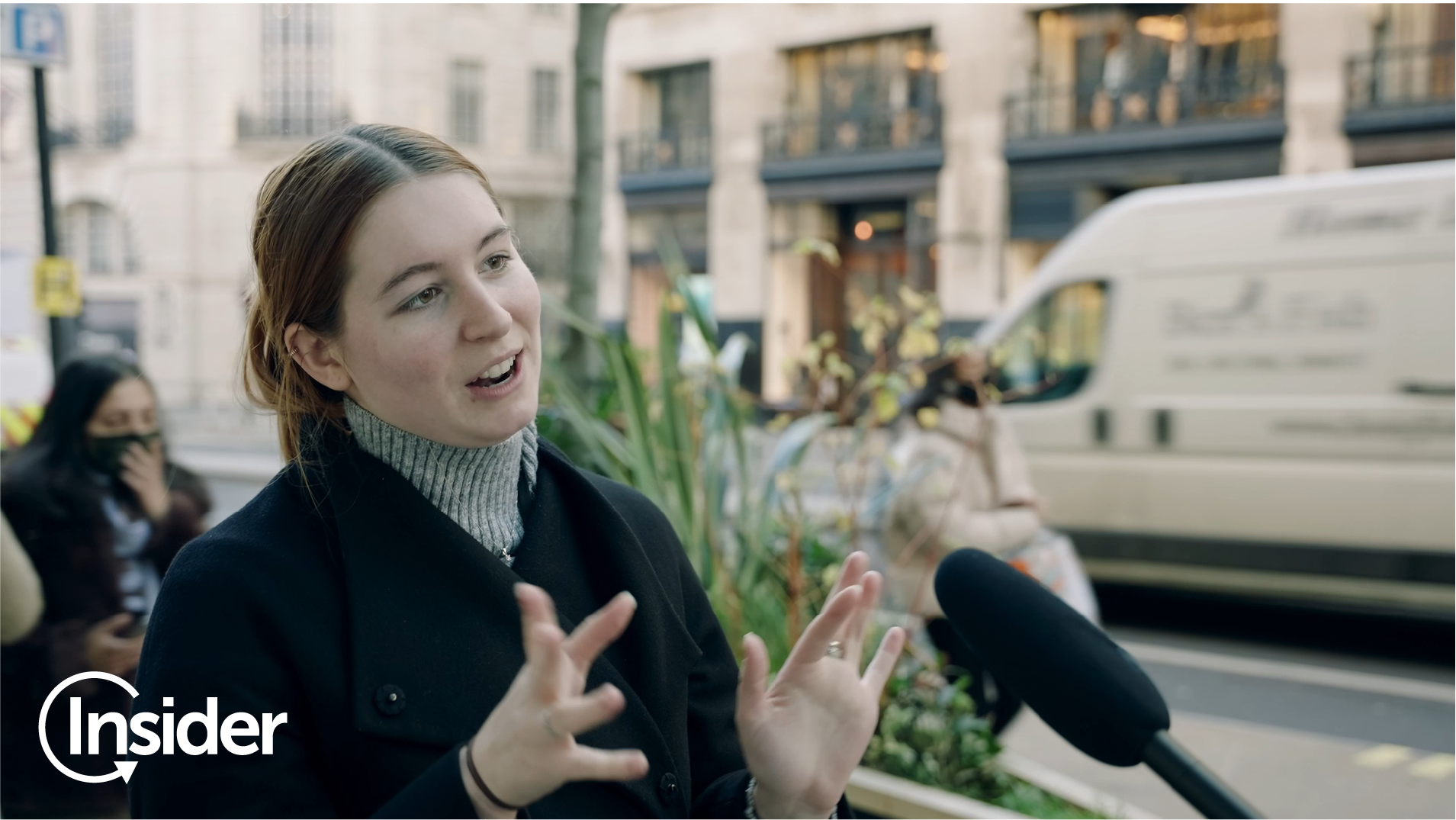 Nicolas Algoedt
Nicolas Algoedt
Feb 16, 2022
 Nicolas Algoedt
Nicolas Algoedt
Feb 16, 2022
There is a huge amount of data available for eCommerce and Marketing professionals when it comes to how shoppers behave online. But, how do you know which figures to focus on… or even, trust? How representative are the figures to the average UK shopper (or even your own consumers)? How do you know that you are prioritizing the right initiatives in your business?
That’s why Insider took to the busiest shopping district, during the busiest time of year, to speak to consumers and find out what really p*sses them off about shopping online. No BS. No fluff. Just real unfiltered insights, straight from consumers’ mouths.
Watch the video to find out what really frustrates your customers when shopping online. Below, you can find tips and tricks to minimize frustration across your own customer experience.
#1 Choice Overload
#2 It’s a snoozefest
#3 Why is it this so hard?
#4 Low Confidence Levels
Conclusion

0:15 – “There’s just too much choice. Going through all of it…I just can’t be a*sed.”
0:23 – “When you have so many options, it’s overwhelming – you forget why you’re there in the first place”
Almost every shopper cited “choice overload” as being a key frustration, making it difficult to find what they were looking for online. According to Kellogg Insight, “choice overload is the negative psychological, emotional, and behavioral effect of having too many options to choose from.” That means while shoppers may want options to choose from… too much choice is a turnoff.
If your site visitors can’t find what they’re looking for, quickly with a few clicks, they are likely to bounce. In fact, poor product discovery accounts for 50% of new visitor bounce rates. So, how can you tackle the #1 frustration?
Meaningful personalization is one of the most impactful ways that you can provide your visitors with an experience that showcases relevant products – and content, right from your homepage banner to post-purchase communications.
Personalizing products and content for all your customers, across every stage of the customer lifecycle journey helps them find the things they’ll love quickly and effortlessly.
Personalized, AI-powered recommendations have the potential to match every customer with the perfect products to increase conversions, AOV and CLTV. And we know it works: 75% of the content watched on Netflix is from recommendations. Machine learning enables you to personalize recommendations beyond “trending” and “most viewed” at scale, so your customers have the most seamless experience, based on their own interests, behaviours and preferences.
Meaningful personalization doesn’t stop with Product Recommendations – it’s possible to customize the entire look and feel of your site without losing weeks waiting for your IT and development team. When customers see the same generic content, they develop “banner blindness”. Providing returning visitors with constantly changing, relevant experiences tailored to each individual and watch your engagement and conversion rate rise. Plus, you reduce the risk of them bouncing and opting for a competitor…
Have you ever noticed that the average search experience isn’t optimized for mobile users? What’s worse, it’s not fun… but it can be. Here’s a great example of how Justmylook has brought the power of social stories to their website, harnessing bite-sized, personalized stories that expand from a thumbnail to a full-screen immersive experience. Each story can be based on a visitor’s previous interactions, real-time behavior, and predicted actions to help users find what they’re looking for – while reducing bounce rates.

0:54 “Shopping in-person is more fun, isn’t it? It’s just a different thing”
Many of the shoppers we interviewed felt that the customer experience online simply doesn’t compare to the in-store experience. Most eCommerce and Marketing leaders focus on minimizing clicks and creating convenience (which is undoubtedly important) but never underestimate the importance of making your digital channels an exciting and joyful place to shop. So, how can you inject fun into the online shopping experience?
Gamification offers one of the best ways to inject excitement into the digital experience. The term “gamification” was first used in 2008 in a blog post by Brett Terrill, here he describes the term as “taking game mechanics and applying them to other web properties to increase engagement.” Despite its age – many brands today are not gamifying their customer experience.
Gamification creates urgency and delight, which motivates a customer to spend more time on your website or app, to browse products, give their data – and buy.

Let’s take a simple use case: offering incentives. Retailers have long relied on static discounts (“10% off for new users only”, “Easter Sale – 20% off” etc.). But, the gamified approach is different. Rather than offering generic offers that don’t cater to an individual’s behavior, you can personalize the offer while offering a next-gen experience. There are 100s of examples, from a digital scratch card to a choose-your-own offer in the style of ‘spin the wheel’. Here is how beauty leader, Clarins, increased their lead capture by 45% with a ‘spin the wheel’ campaign. Gamification can be used at every stage of the customer journey, from new user subscription to progress bars as part of the check-out process.
Gamifying your customer experience helps users to feel like they are in control of the customer experience, creates FOMO (if you snooze, you lose!) and gives your customers that warm and fuzzy feeling, keeping them happy and engaged.
Gamification can recreate some of that in-store magic online to give you an advantage over your competitors.

1:44 “I hate having to log back in…it just drags out the whole process”
1:15 “The checkout process could be better”
Unnecessary clicks. Buttons that don’t lead anywhere. Lengthy checkout processes. Images that don’t load. Filters that don’t work. Every bug is a barrier to purchase. A friction-filled CX is a huge turn off for online shoppers and is often the reason a customer will choose to complete their purchase elsewhere. How can you ensure that every interaction is enjoyable?
How frequently do you buy from your own site? Most companies have niggling UX issues that seem small (a page doesn’t load correctly or a product filter isn’t particularly helpful), but when you add these up – the compound effect is staggering and it negatively impacts your engagement, conversion and retention. Usually, these are parts of a process that have been in place for months or years. It’s like when you have been living in your house for a while, you stop noticing the small things. But, when you have visitors, they see it right away. The same is happening with your customers: they notice flaws in the process right away.
Make a list of 20 items that cause friction. Usually, teams can do that on the spot. Split the list in two: quick wins and more complex projects. Then put a name next to all the quick wins and solve these items in the next six weeks. Once the first list with frictions is solved, do the exercise again and again. After a while, you have a culture of friction hunting.

0:56 “If I have a query about an item, I can’t speak to someone. I have to email or fill in a contact form and it takes a long time.”
1:58 “You don’t know the quality of it and you have to order in three different sizes, it really annoys me.”
It’s not a surprise that decision confidence was cited as a significant frustration for the shoppers interviewed. The tangible benefits of shopping the high street are largely lost online, since consumers are unable to feel products, try them on or ask for support from store assistants.
There is no “one size fits all” solution to solving product uncertainty. But there are tactics you can leverage to give your customers confidence in your brand and products while creating a sense of urgency – to drive your core metrics, here they are…
Social proof. It is the physiological phenomenon of looking to or copying other people’s behavior before taking action. In eCommerce it is a powerful mechanism to give customers the assurance they need to make a purchase in the shortest possible time.
Social proof relies on our psychology to follow the wisdom of the crowd. Retailers can tap into Social Proof theory by including user-generated content like reviews, ratings and photo reels on Product Detail Pages. Showcasing how many shoppers have viewed/purchased a particular product that day, or how many units are left in stock can heighten urgency and increase confidence levels. Here is a great example of how womenswear brand, Hunkemöller, is leveraging Social Proof to drive a 20% uplift in CVR.
Sizing technology has the potential to substantially increase sales and reduce return rates. Solutions range from “find my size” surveys to AR sizing tools that predict size and fit using your device camera.
Speaking to Drapers, Zeekit CEO Yael Vizel reflected, “When shoppers are more educated and confident about what they’re going to get, the number of customers who shop online increases, they purchase more frequently and returns are dramatically reduced. That translates into massive increases in conversion rate, average order value, engagement, retention, social sharing and above all minimizes losses caused by returns.”
Our research highlights a significant gap between what Marketing and eCommerce teams focus on versus the real (and very tangible) frustrations that customers experience every day.
In the first instance of brand consideration and product discovery, most shoppers we interviewed explained that the average experience shopping online is underwhelming, fuelled by content and products that feel endless and irrelevant.
We all know that online shopping offers consumers convenience – but replacing the tangibility and engagement offered by the in-person experience remains largely untapped. Brands and retailers must embrace new tactics and technologies to increase the levels of confidence and – joy – felt while interacting with them online.
Last, but by no means least, leaders must not relinquish their steadfastness when it comes to removing bugs and frictions from the customer journey. Building a culture of “friction hunting” will act as a foundation to building the best possible customer experience…that doesn’t p*ss customers off.

Written by
Nicolas Algoedt
Passionate about new technologies and e-commerce, Nicolas has held various position at leading e-commerce and tech companies including Groupon, Microsoft and Bwin.